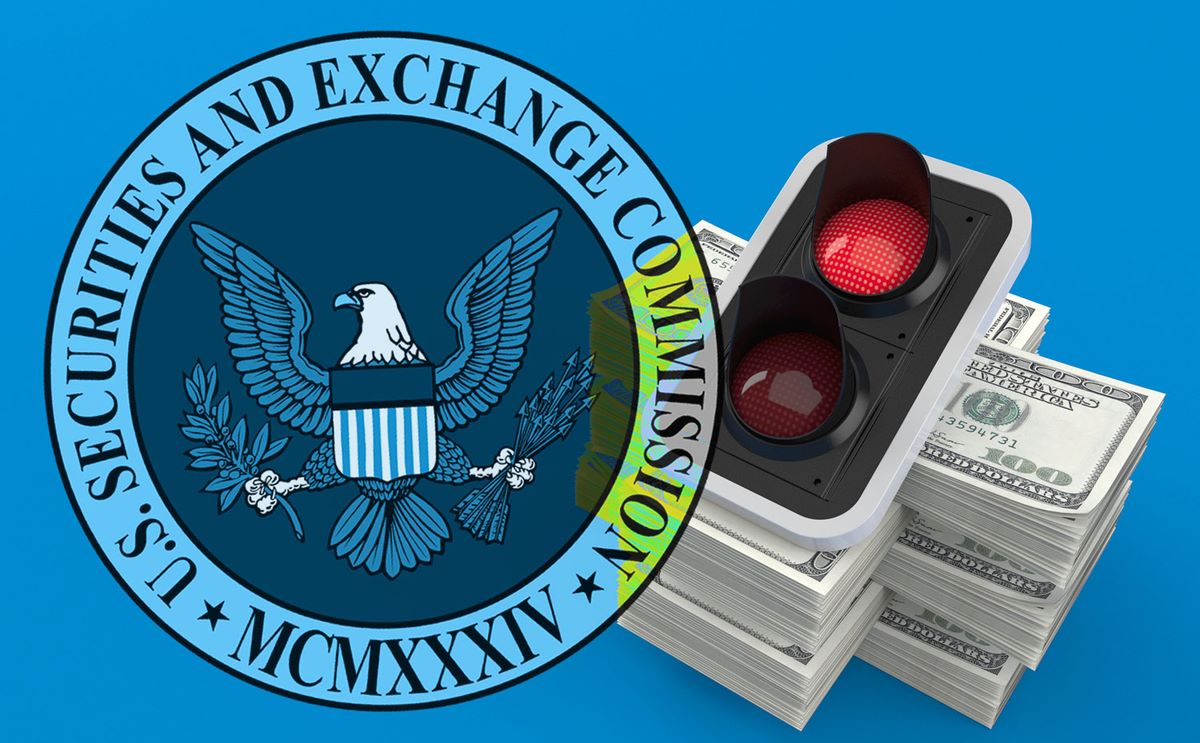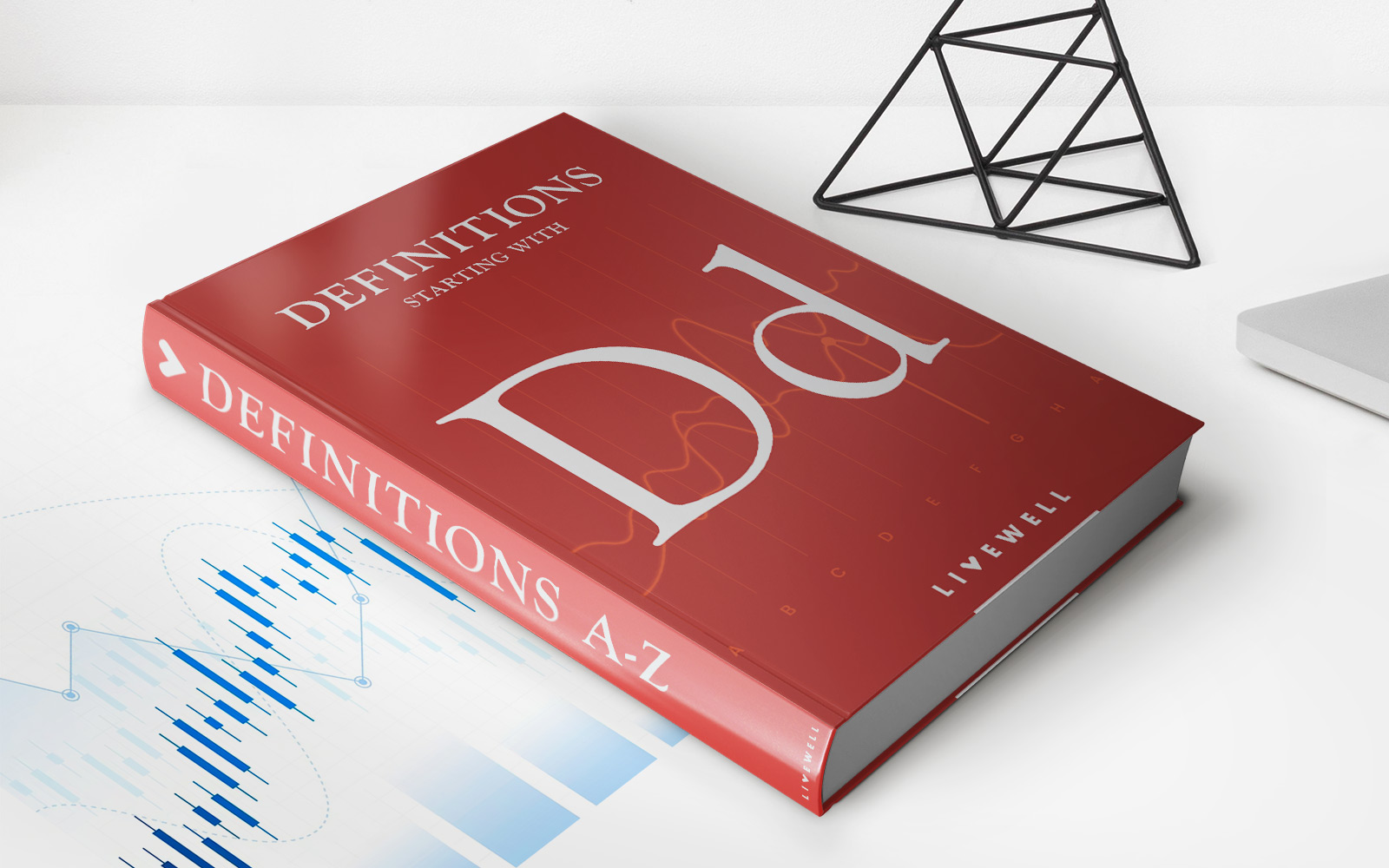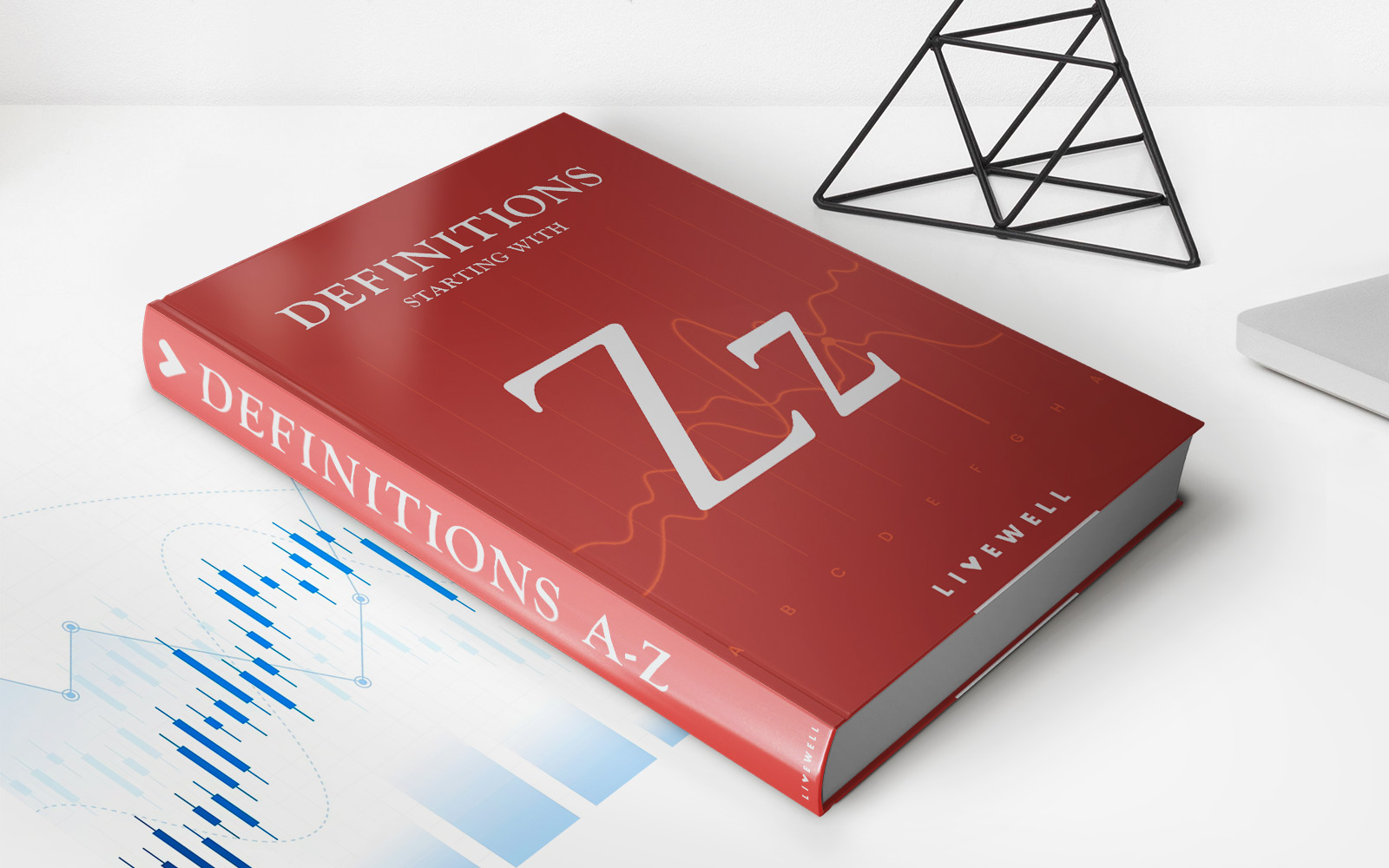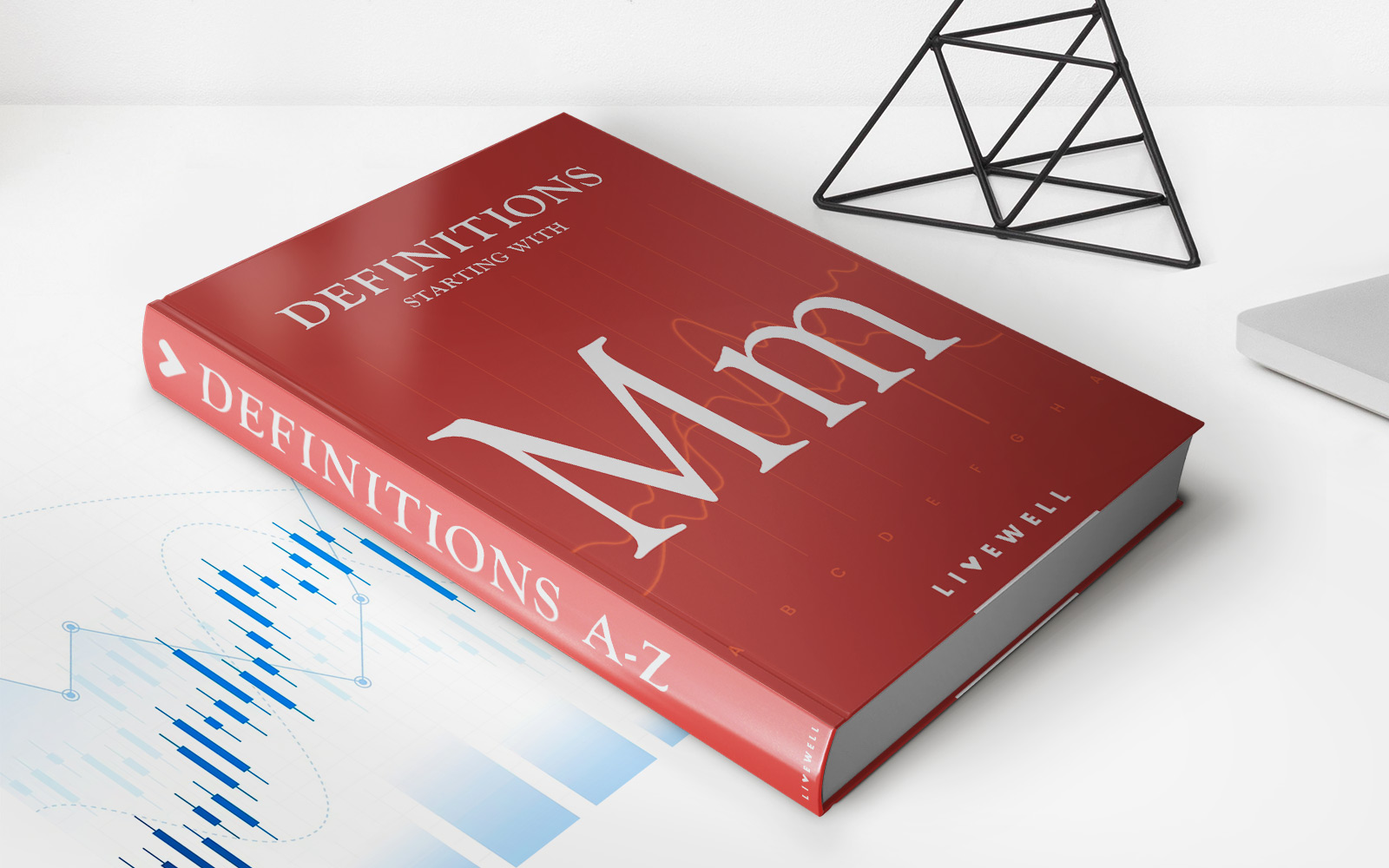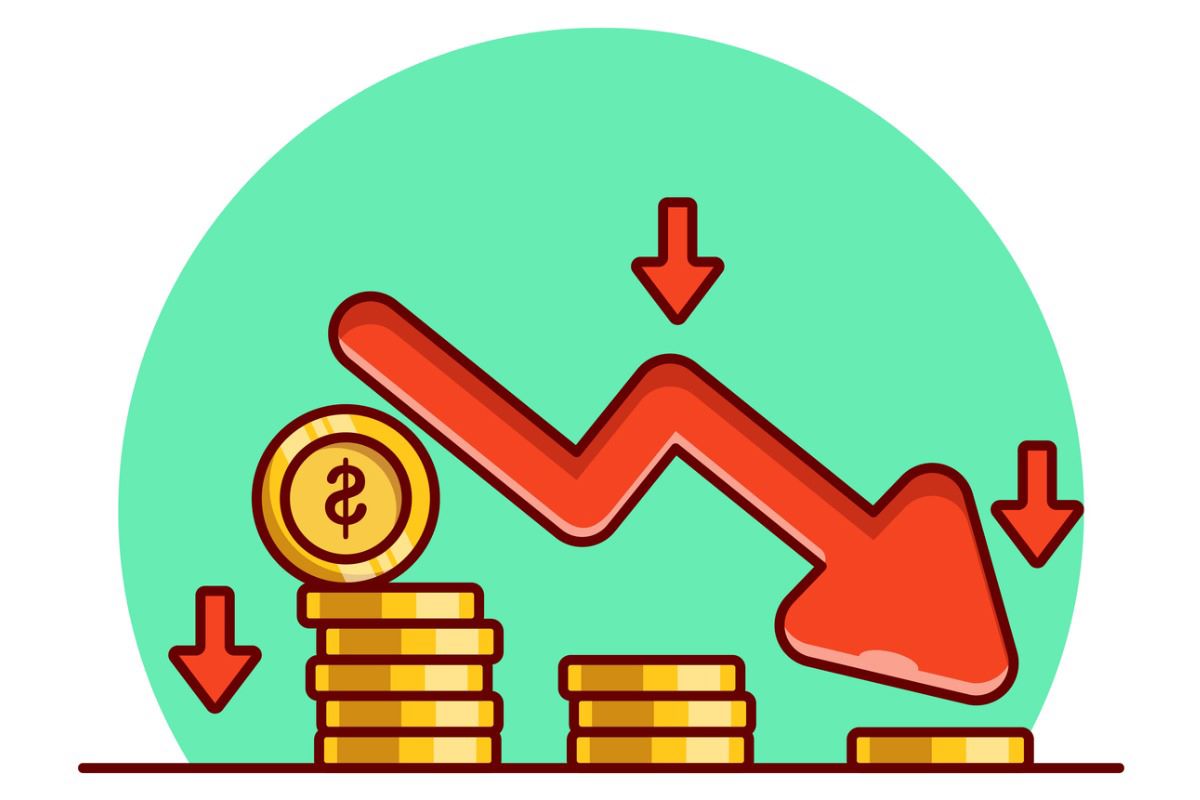

Finance
What Have Pension Funds Invested In FTX?
Published: January 23, 2024
Discover the diverse investments made by pension funds in FTX, a leading finance platform. Explore the finance sector's involvement in FTX and its potential impact.
(Many of the links in this article redirect to a specific reviewed product. Your purchase of these products through affiliate links helps to generate commission for LiveWell, at no extra cost. Learn more)
Table of Contents
Introduction
Pension funds, often considered the financial backbone of retirement security, play a pivotal role in safeguarding the future financial well-being of employees. These funds are designed to generate returns over the long term, ensuring that retirees can enjoy a comfortable lifestyle. Typically, pension funds are managed by professional investment managers who allocate the funds across a diverse range of assets to mitigate risks and maximize returns.
In recent years, there has been a notable shift in the investment strategies of pension funds, with a growing interest in alternative assets such as cryptocurrency. This trend has sparked discussions and debates within the financial industry, particularly regarding the potential risks and rewards associated with such investments. One of the prominent platforms that has garnered attention in this context is FTX, a leading cryptocurrency exchange known for its innovative products and services.
As pension funds navigate the complex landscape of investment opportunities, the inclusion of FTX in their portfolios has raised eyebrows and generated curiosity among industry experts, investors, and the general public. This article aims to provide a comprehensive overview of pension fund investments, delve into the realm of FTX and cryptocurrency investments, explore the implications of pension funds investing in FTX, and weigh the associated risks and benefits. By shedding light on these topics, readers will gain valuable insights into this evolving facet of the financial world.
Overview of Pension Fund Investments
Pension funds are entrusted with the task of prudently managing the assets set aside for retirement benefits. Traditionally, these funds have diversified their investments across various asset classes, including stocks, bonds, and real estate, aiming to achieve a balance between risk and return. The overarching goal is to generate sustainable, long-term growth while safeguarding the capital invested.
Investment managers overseeing pension funds employ sophisticated strategies to optimize returns and mitigate risks. These strategies often involve asset allocation, diversification, and active portfolio management. Asset allocation entails distributing investments across different asset classes based on their risk-return profiles, while diversification involves spreading investments within each asset class to reduce exposure to any single investment. Additionally, active portfolio management involves making tactical decisions to capitalize on market opportunities and manage potential downsides.
Furthermore, the investment approach of pension funds is guided by the principle of fiduciary duty, which necessitates acting in the best interests of the fund beneficiaries. This duty compels investment managers to prudently assess potential investment opportunities, considering factors such as liquidity, volatility, and long-term viability.
Over the years, the investment landscape has evolved, prompting pension funds to explore alternative assets beyond traditional stocks and bonds. This shift has been driven by the quest for diversification and enhanced returns in an environment of low interest rates and market volatility. As a result, pension funds have increasingly turned their attention to alternative investments, including private equity, hedge funds, and real assets such as infrastructure and commodities.
Against this backdrop, the emergence of cryptocurrency as a distinct asset class has piqued the interest of pension funds seeking to broaden their investment horizons. While the inclusion of cryptocurrency in pension fund portfolios represents a departure from conventional investment practices, it underscores the evolving nature of the financial markets and the quest for innovative avenues to drive returns and manage risks.
FTX and Cryptocurrency Investments
FTX is a prominent cryptocurrency exchange renowned for its comprehensive suite of trading products and innovative offerings. Founded in 2017 by Sam Bankman-Fried and Gary Wang, FTX has swiftly risen to prominence within the digital asset industry, distinguishing itself through its robust trading infrastructure, diverse product range, and commitment to regulatory compliance.
One of the defining features of FTX is its focus on providing a wide array of cryptocurrency derivatives, including futures, options, and perpetual contracts. These sophisticated financial instruments enable traders and investors to gain exposure to digital assets without directly owning them, thereby offering flexibility and opportunities for hedging and speculation.
Moreover, FTX has garnered attention for its emphasis on creating a transparent and efficient trading environment. The platform’s user-friendly interface, advanced trading tools, and liquidity pools have contributed to its appeal among both retail and institutional investors seeking to participate in the burgeoning cryptocurrency market.
As cryptocurrency investments have gained traction among institutional players, FTX has emerged as a preferred venue for executing large trades and accessing diverse digital assets. The exchange’s robust security measures, compliance protocols, and commitment to regulatory standards have bolstered its credibility, attracting a broad spectrum of investors, including hedge funds, asset managers, and now, pension funds.
Furthermore, FTX has demonstrated its commitment to responsible innovation by introducing initiatives such as tokenized stocks and innovative trading products, expanding the scope of opportunities within the digital asset ecosystem. This proactive approach has positioned FTX as a trailblazer in the cryptocurrency space, fostering a conducive environment for institutional participation and paving the way for pension funds to explore this nascent yet dynamic asset class.
Given the evolving landscape of cryptocurrency investments and the growing institutional interest in digital assets, FTX has emerged as a pivotal player, offering a robust infrastructure and diverse investment products tailored to the needs of sophisticated investors, including pension funds seeking exposure to this burgeoning asset class.
Pension Fund Investments in FTX
The inclusion of FTX in pension fund investments marks a significant development in the realm of institutional participation in the cryptocurrency market. As pension funds seek to diversify their portfolios and explore alternative investment opportunities, FTX has emerged as a compelling avenue for gaining exposure to digital assets.
Notably, the decision of pension funds to invest in FTX underscores the growing acceptance and recognition of cryptocurrency as a legitimate asset class with the potential to deliver attractive returns over the long term. This strategic move reflects a departure from the traditional investment landscape, signaling a willingness to embrace innovative opportunities while navigating the associated risks.
Furthermore, pension funds’ investments in FTX signify a notable endorsement of the exchange’s credibility, security measures, and regulatory compliance. FTX’s proactive approach to adhering to regulatory standards, coupled with its robust risk management protocols, has instilled confidence among institutional investors, paving the way for their participation in the cryptocurrency space through this reputable platform.
It is important to acknowledge that pension funds’ investments in FTX are not without scrutiny and deliberation. The decision to allocate funds to a relatively nascent and volatile asset class demands meticulous due diligence and risk assessment. Investment managers overseeing pension funds are tasked with evaluating the potential impact of cryptocurrency investments on the overall risk-return profile of the portfolio, considering factors such as liquidity, market volatility, and regulatory developments.
Moreover, the process of integrating FTX into pension fund investments necessitates a comprehensive understanding of the unique dynamics and intricacies of the cryptocurrency market. This includes assessing the implications of market movements, technological advancements, and regulatory changes on the performance and stability of digital assets held through FTX.
As pension funds navigate the terrain of cryptocurrency investments and embrace FTX as a viable avenue for diversification, they are poised to contribute to the maturation and institutionalization of the digital asset ecosystem. The strategic allocation of funds to FTX underscores the evolving investment landscape, characterized by a willingness to embrace innovation while upholding the fiduciary duty to safeguard and grow the retirement assets of beneficiaries.
Risks and Benefits of Pension Fund Investments in FTX
The decision of pension funds to invest in FTX entails a nuanced evaluation of the associated risks and benefits, reflecting the dynamic nature of cryptocurrency investments within institutional portfolios. Understanding these factors is crucial in assessing the implications of integrating FTX into pension fund investments.
Risks
Volatility: Cryptocurrency markets are known for their inherent volatility, with digital assets often experiencing rapid price fluctuations. This volatility introduces the risk of significant portfolio value fluctuations, necessitating careful risk management strategies to mitigate potential downside impacts.
Regulatory Uncertainty: The regulatory landscape surrounding cryptocurrencies remains subject to evolving frameworks and policies. Pension funds investing in FTX must navigate the uncertainties and potential regulatory changes that could impact the legality and operational dynamics of digital asset investments.
Cybersecurity Threats: The digital nature of cryptocurrencies exposes them to cybersecurity risks, including hacking and theft. Pension funds must prioritize robust security measures and due diligence to safeguard their investments against potential breaches.
Benefits
Diversification: Investing in FTX enables pension funds to diversify their portfolios, potentially enhancing risk-adjusted returns by gaining exposure to a non-correlated asset class with unique market dynamics.
Long-Term Growth Potential: Cryptocurrencies, as a nascent asset class, offer the potential for long-term growth, providing pension funds with an opportunity to capitalize on the evolving digital economy and technological advancements.
Innovation and Adaptation: By embracing FTX and cryptocurrency investments, pension funds demonstrate a willingness to adapt to emerging investment opportunities, fostering innovation within their portfolios and potentially enhancing overall resilience and adaptability.
It is essential for pension funds and their investment managers to carefully weigh these risks and benefits, considering the specific investment objectives, risk tolerance, and regulatory considerations governing their fiduciary responsibilities.
Conclusion
The integration of FTX into pension fund investments represents a pivotal juncture in the evolution of institutional participation in the cryptocurrency market. This strategic move embodies the convergence of traditional finance and innovative digital assets, reflecting a dynamic shift in investment paradigms and risk management strategies.
As pension funds navigate the complexities of investment decision-making, the inclusion of FTX underscores a proactive approach to diversification and a willingness to explore alternative asset classes with the potential for long-term growth. This strategic pivot aligns with the imperative of adapting to evolving market dynamics and technological advancements, positioning pension funds to capitalize on the opportunities presented by the digital asset ecosystem.
Furthermore, the decision to invest in FTX necessitates a meticulous assessment of risks and benefits, encapsulating the multifaceted considerations inherent in integrating cryptocurrency investments into institutional portfolios. By carefully evaluating the volatility, regulatory landscape, and cybersecurity implications, pension funds can prudently navigate the complexities of cryptocurrency investments while upholding their fiduciary duty to beneficiaries.
Ultimately, the foray of pension funds into FTX exemplifies a forward-looking approach that embraces innovation, diversification, and the pursuit of sustainable long-term returns. This strategic evolution not only contributes to the maturation of the digital asset market but also underscores the resilience and adaptability of institutional investors in navigating the dynamic landscape of modern finance.
As the financial industry continues to witness the convergence of traditional and digital assets, the inclusion of FTX in pension fund investments serves as a testament to the evolving nature of investment strategies, reflecting a proactive stance toward embracing transformative opportunities while upholding the core principles of prudent risk management and fiduciary responsibility.
